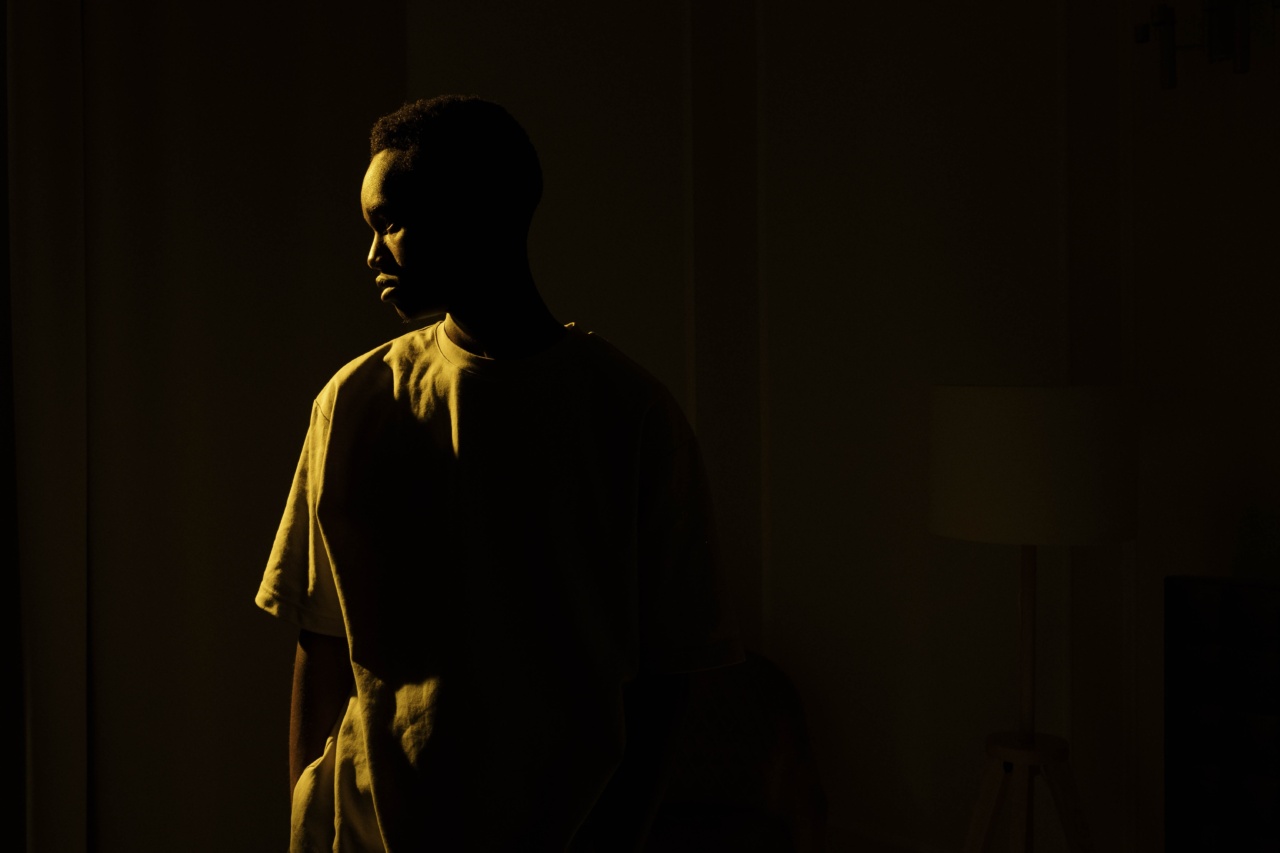Sleepless nights and dark circles under the eyes are common problems that many people experience at some point in their lives. These issues can have a significant impact on our physical and mental health.
In this article, we will explore the various factors that contribute to sleeplessness and the formation of dark circles.
Stress and Anxiety
One of the leading causes of sleepless nights and dark circles is stress and anxiety. When we are stressed or anxious, our minds tend to race, making it difficult to fall asleep or stay asleep throughout the night.
This can result in a restless night’s sleep, leading to fatigue and the appearance of dark circles under the eyes.
Poor Sleep Habits
Another factor that contributes to sleeplessness and dark circles is poor sleep habits. Irregular sleeping patterns and inconsistent bedtimes can disrupt our body’s natural sleep cycles, making it challenging to get a good night’s sleep.
Additionally, excessive exposure to electronic devices before bedtime can interfere with the production of melatonin, a hormone that regulates sleep.
Caffeine and Stimulants
Consuming high amounts of caffeine and other stimulants can also lead to sleeplessness. Caffeine is a natural stimulant that can keep us awake and interfere with the quality of our sleep.
It is commonly found in coffee, tea, energy drinks, and even some medications. Limiting the consumption of caffeine, especially in the evening, can promote better sleep and reduce the risk of developing dark circles.
Blue Light Exposure
In today’s modern world, we are constantly exposed to electronic devices such as smartphones, tablets, and computers. These devices emit blue light, which can suppress the production of melatonin and interfere with our sleep-wake cycle.
Using these devices late at night or in bed can lead to sleep disturbances and contribute to the formation of dark circles.
Sleep Disorders
Sleep disorders such as insomnia, sleep apnea, and restless leg syndrome can significantly impact our ability to get a restful night’s sleep.
Insomnia is characterized by difficulty falling asleep or staying asleep, while sleep apnea involves frequent pauses in breathing during sleep. Restless leg syndrome causes an uncontrollable urge to move the legs, making it challenging to find a comfortable sleeping position. These disorders can lead to chronic sleep deprivation, resulting in dark circles and daytime fatigue.
Nutrition and Diet
Our diet plays a crucial role in our sleep quality and overall health. Certain foods and nutrients can promote better sleep, while others can disrupt it.
Consuming high amounts of sugary and processed foods close to bedtime can elevate blood sugar levels, making it difficult to fall asleep. On the other hand, foods rich in tryptophan, magnesium, and vitamin B6, such as turkey, legumes, nuts, and leafy greens, can support healthy sleep patterns.
Age and Genetics
Age and genetics can also influence our susceptibility to sleepless nights and dark circles. As we age, our sleep patterns naturally change, with older adults often experiencing lighter and more fragmented sleep.
Additionally, genetic factors can make some individuals more prone to sleep disorders or conditions that contribute to sleep disturbances, such as allergies or nasal congestion.
Environmental Factors
The environment in which we sleep can have a significant impact on the quality of our sleep. Factors such as noise, light, temperature, and comfort level can all influence our ability to fall asleep and stay asleep.
Exposure to loud noises, bright lights, extreme temperatures, or an uncomfortable mattress can lead to sleep disruptions and contribute to the formation of dark circles.
Medical Conditions
Several underlying medical conditions can contribute to sleepless nights and the appearance of dark circles. Conditions such as allergies, sinus problems, thyroid disorders, and anemia can all affect our ability to breathe properly or disrupt our sleep.
It is essential to address any underlying medical conditions that may be contributing to sleep disturbances to alleviate the symptoms.
Treating Sleeplessness and Dark Circles
Fortunately, there are various strategies and lifestyle changes that can help treat sleeplessness and reduce the appearance of dark circles.
Establishing a regular sleep schedule, creating a calming bedtime routine, and practicing relaxation techniques can all promote better sleep. Avoiding stimulants, limiting electronic device use before bed, and creating a sleep-friendly environment can also contribute to improving sleep quality.
In some cases, seeking medical advice and considering treatments for specific sleep disorders may be necessary.
Conclusion
Sleepless nights and dark circles can affect our overall well-being and appearance. Understanding the various causes of these issues is essential in finding effective solutions and improving sleep quality.
By addressing stress, adopting healthy sleep habits, and managing environmental factors, we can promote better sleep and reduce the appearance of dark circles under the eyes.






























